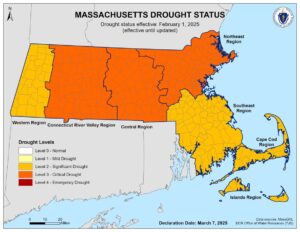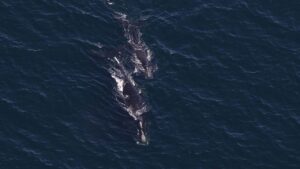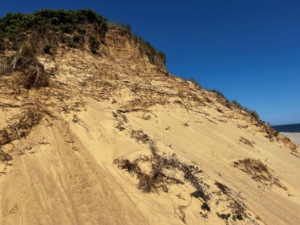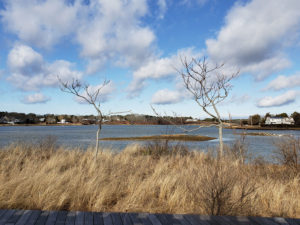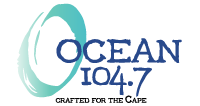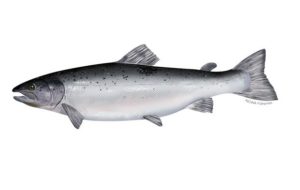 UNDATED – The U.S. Fish and Wildlife Service and NOAA Fisheries have released a new final recovery plan for endangered Atlantic salmon.
UNDATED – The U.S. Fish and Wildlife Service and NOAA Fisheries have released a new final recovery plan for endangered Atlantic salmon.
The only remaining populations of the fish spawn in Maine waters.
The plan guides the species recovery through specific approaches to reduce threats, identifies timetables for action and estimates the costs associated with the recovery.
In the 1800s an estimated 100,000 adult salmon returned to the Penobscot River each year to spawn. Since the late 1960s there have been very few years when more than 5,000 salmon have returned to Maine waters, and just over 1,000 returned to spawn in all Maine waters in 2017.
The 2019 recovery plan includes all remaining wild populations of Atlantic salmon that occur from the Androscoggin River in Southwestern Maine to the Dennys River in Eastern Maine.
The recovery plan provides a vision for Atlantic salmon recovery that includes long-term objectives and criteria, research and management actions, and time and cost estimates to recover and conserve the species in its native habitats. The plan incorporates new scientific information and lays out a set of actions to:
- Enhance connectivity between ocean and freshwater habitats;
- Maintain the genetic diversity of populations over time;
- Increase the number of spawning adults through the hatchery program;
- Increase the number of spawning adults through freshwater production;
- Increase survival in marine and estuary habitats by increasing our understanding of these environments;
- Use adaptive management to modify future activities based on increased current knowledge;
- Build awareness and engage with partners and the public; and
- Coordinate partner efforts to provide the greatest benefit to salmon.







